Our editors independently select these products. Making a purchase through our links may earn Well+Good a commission
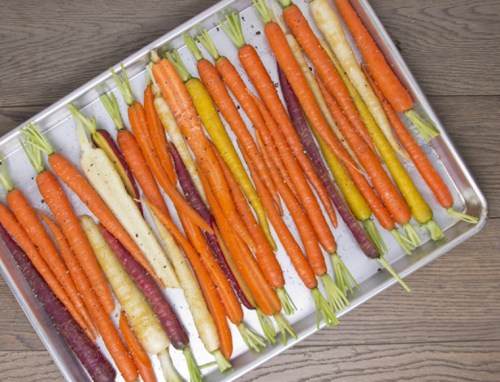
Just because it’s snow boot season doesn’t mean that fresh, locally sourced veggies are out of the question until springtime. Despite the snow and freezing temperatures, farmers’ markets around the country are still bringing loads of seasonal options to us urban dwellers.
Which means that you can continue eating local; all you need is a good recipe and some seasonally appropriate direction. We’ve got both for you: From winter squashes to celeriac, these seven good-and-good-for-you vegetables are in season all winter long.
Keep reading for delicious ways to prepare each cold weather staple from top food bloggers—and then pull those reusable tote bags out of storage (and maybe your mittens), you’re going to need them. —Willa Tellekson-Flash

1. Beets
Skip the out-of-season blueberries in favor of beets, which also deliver your daily dose of antioxidants via betalains. The nutrient-dense root is packed with fiber, folic acid, potassium, and magnesium. Sauté the leafy greens while you’re at it, too—instead of viewing them as scraps, think of them as a delicious source of vitamins A and C, calcium, and iron.
Need some recipe inspiration? Try this simple beet and lentil salad over a bed of arugula (pictured above), or if you’re feeling creative, toss roasted beets in the food processor with chickpeas and tahini and you’ll have an Instagram-worthy bowl of roasted beet hummus.
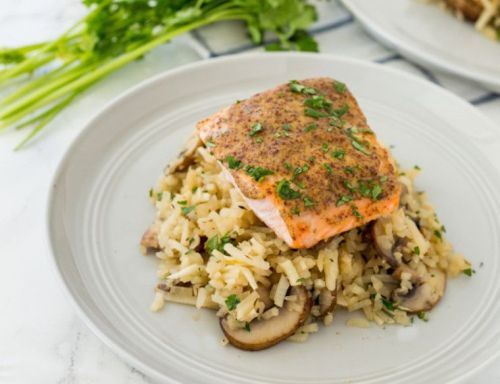
2. Turnips
Turnip for what, indeed: This powerhouse root absorbs nutrients directly from the soil, meaning that it’s chock full of vitamins and minerals. The often purple-tinged veggie is also a great source of B vitamins, which help your body create energy from the food you eat. (Consider it a plant-based alternative to a protein bar.) And that’s not all; the winter vegetable also helps deliver your necessary supply of vitamins C and K.
Toss roasted turnips with miso butter for a twist on the classic veggie side dish. Feeling a little more adventurous? Use your spiralizer on turnips to create this delicious mushroom turnip risotto with dijon-honey salmon (pictured above).
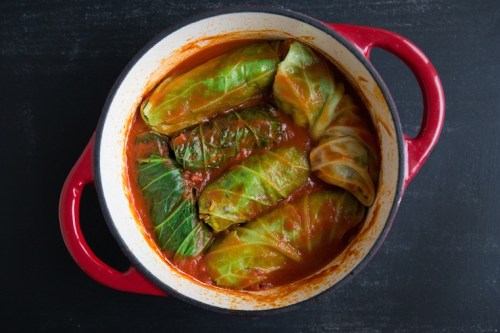
3. Cabbage
Cabbage may not get the same buzz as its ever-trendy cousin, kale—but that’s no reason to knock the cold-weather superfood. The leafy vegetable keeps your digestive track happy (thank you, fiber). It’s also known to prevent fat absorption, making it a natural reducer of cholesterol. Pick up a red cabbage for an extra antioxidant punch.
Cabbage rolls are a classic—these pictured above are lentil-filled and vegan—or whip up a lemon yogurt dressing to compliment this dinner party-ready roasted cabbage.

4. Sweet Potatoes
The sweet potato’s deep orange coloring isn’t just a pretty way to brighten your plate; it’s a sign that the complex carb is packed with high amounts of beta-carotene for super vision. Swap sweet potato for regular potato to double the fiber of any recipe—plus, you’ll also be taking advantage of all the the tuber’s nutrients, including metabolism-friendly manganese and blood pressure-regulating potassium.
Chilly, winter nights are perfect for this hearty sweet potato and peanut stew (pictured above), which gets an additional nutrient boost from kale and lentils. We’re also drooling over this sweet potato breakfast pudding, a superfood twist on overnight oats.

5. Celeriac
Okay, so it may not be super photogenic, but this root vegetable (which has a similar flavor to, yes, celery) is rich in fiber and vitamins. Once peeled, the nutritious bulb adds surprising and delicious variety to your cold-weather recipes—we promise! Roast it or mash it like a potato (like a lot of farm-to-table hotspots do), or eat it raw for a crunchy addition to salads.
This celery root soup adds in parsnips (another tasty farmers’ market option come winter), leeks, and apple for a flavorful, snow day-ready dish. Or, put your food processor to work and whip up these celeriac burgers (pictured above), no backyard grilling necessary.
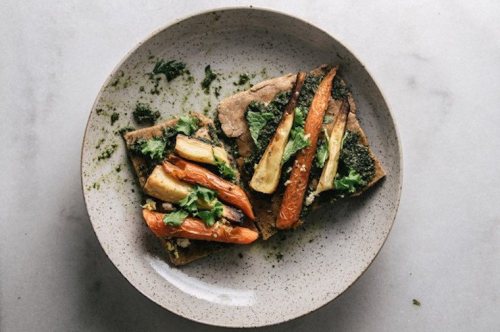
6. Carrots
An oldie but goodie—and there’s a reason for that. Like with the sweet potato, carrot’s orange hue stimulates vitamin A production, which keeps your eyes happy and healthy. Go for rainbow colored carrots (we’re talking purple, red, and yellow too) if you want your body and your plate to get an added boost.
Ready to take your love of carrots way beyond hummus? This recipe turns the tops into a pesto that dresses these stem-to-root roasted carrots (you can also use it for this roasted carrot flatbread, pictured above). Have a sweet tooth? This Paleo carrot cake should hit the spot…
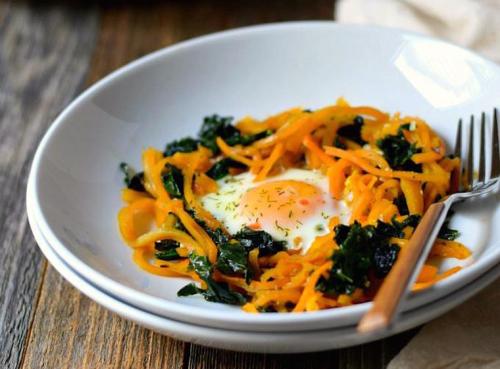
7. Butternut Squash
This gourd is packed with goodness: Think mega heart-friendly levels of dietary fiber and folate (along with loads of vitamins). An added bonus? Thanks to butternut squash’s high antioxidant levels, it also helps lowe inflammation levels in the body.
Spicy maple-glaze butternut squash sounds majorly comforting during the depths of winter, but we couldn’t pass up this butternut squash noodle hash (pictured above) either… talk about a creatively perfect brunch dish.
For those times when it’s too cold to leave the house, try one of these superfood soups that you can make in 30 minutes or less. And no matter what time of year it is, these pantry staples should be a part of every healthy, holistic kitchen.
Sign Up for Our Daily Newsletter
Get all the latest in wellness, trends, food, fitness, beauty, and more delivered right to your inbox.
Got it, you've been added to our email list.









